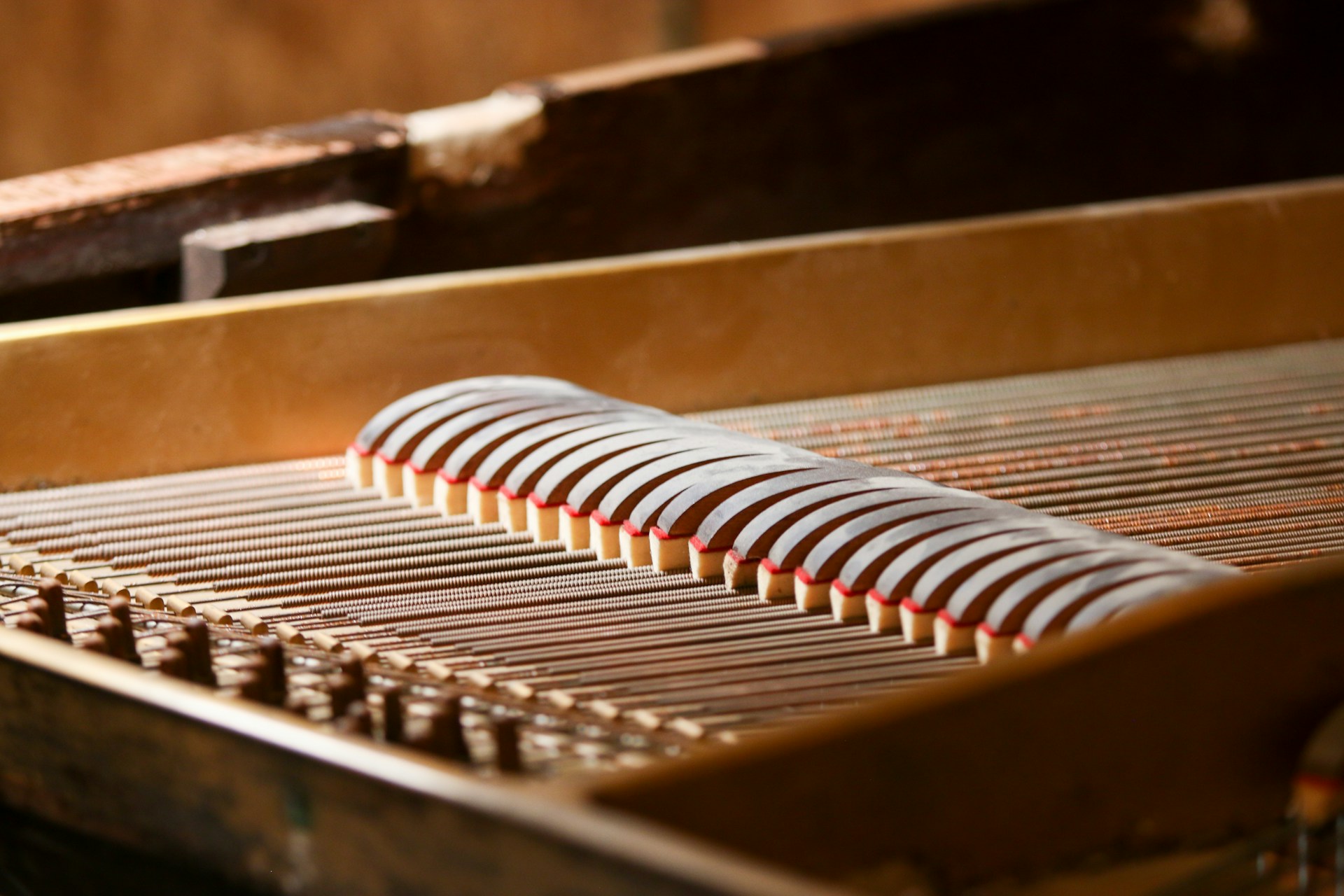
Pianos are one of the most iconic and versatile musical instruments, used across various genres and settings. They come in different types, each with unique characteristics, advantages, and ideal uses. Two primary types of pianos are upright and grand pianos. Understanding their differences can help musicians, educators, and enthusiasts choose the right instrument for their needs. This article delves into the distinctions between upright and grand pianos, examining their construction, sound quality, space requirements, and suitability for different contexts.
Upright Pianos
Construction and Design
Upright pianos, also known as vertical pianos, are designed with vertically oriented strings and soundboards. This compact design allows the piano to occupy less floor space, making it a popular choice for homes, schools, and smaller venues.
- Size: Upright pianos typically range from 36 to 60 inches in height.
- Action Mechanism: The action mechanism (the components that produce sound when keys are pressed) is vertically aligned, with hammers striking the strings from the side.
Sound Quality
Upright pianos generally have a more muted and softer tone compared to grand pianos. The vertical alignment of the strings and hammers affects the sound production, resulting in a more compact sound.
- Volume: Upright pianos produce less volume than grand pianos, making them suitable for smaller spaces.
- Tone: The tone is usually less resonant and sustained, but high-quality upright pianos can still produce rich and pleasing sounds.
Space Requirements
One of the significant advantages of upright pianos is their space efficiency. They can be placed against a wall, making them ideal for environments where space is limited.
- Footprint: Upright pianos have a smaller footprint, requiring less room than grand pianos.
- Mobility: They are easier to move and reposition compared to grand pianos.
Cost
Upright pianos are generally more affordable than grand pianos, making them accessible to a broader range of buyers.
- Price Range: Entry-level upright pianos can start from a few hundred dollars, while high-end models can cost several thousand dollars.
- Maintenance: Upright pianos typically require less maintenance and tuning compared to grand pianos.
Ideal Uses
- Home Practice: Perfect for practicing at home due to their compact size and lower volume.
- Education: Widely used in schools and music studios for teaching and practice.
- Small Venues: Suitable for small venues where space and volume are considerations.
Grand Pianos
Construction and Design
Grand pianos are designed with horizontally oriented strings and soundboards, allowing for a more extensive and responsive action mechanism.
- Size: Grand pianos range from 4 feet 6 inches to over 9 feet in length.
- Action Mechanism: The action mechanism is horizontal, with hammers striking the strings from below, providing greater control and responsiveness.
Sound Quality
Grand pianos are known for their superior sound quality, offering a wide dynamic range and rich tonal characteristics.
- Volume: Grand pianos can produce more volume, making them suitable for larger spaces and performances.
- Tone: They have a more resonant and sustained tone, with greater clarity and richness.
Space Requirements
Due to their size and design, grand pianos require significantly more space than upright pianos.
- Footprint: They have a larger footprint and cannot be placed against a wall like upright pianos.
- Placement: Grand pianos are often placed in dedicated music rooms, concert halls, and large venues.
Cost
Grand pianos are typically more expensive than upright pianos, reflecting their superior craftsmanship and sound quality.
- Price Range: Entry-level grand pianos can start from a few thousand dollars, while high-end concert grands can cost over $100,000.
- Maintenance: Grand pianos require more frequent maintenance and tuning to maintain their optimal performance.
Ideal Uses
- Concert Performance: Preferred choice for concerts and performances due to their superior sound quality and volume.
- Professional Studios: Used in professional recording studios for high-quality recordings.
- Music Enthusiasts: Ideal for serious musicians and enthusiasts who seek the best possible sound and performance.
Comparing Upright and Grand Pianos
Sound and Tone
- Upright Pianos: Offer a softer, more compact sound with less resonance.
- Grand Pianos: Provide a rich, full-bodied tone with greater dynamic range and sustain.
Size and Space
- Upright Pianos: Compact and space-efficient, suitable for smaller rooms.
- Grand Pianos: Require more space and are typically found in larger rooms and performance venues.
Playability and Action
- Upright Pianos: Vertical action mechanism with less responsive touch compared to grand pianos.
- Grand Pianos: Horizontal action mechanism providing greater control, responsiveness, and dynamic range.
Price and Maintenance
- Upright Pianos: Generally more affordable and easier to maintain.
- Grand Pianos: More expensive with higher maintenance requirements.
Usage and Application
- Upright Pianos: Best for home practice, education, and small venues.
- Grand Pianos: Ideal for concerts, professional recordings, and serious musicians.
Conclusion
Understanding the differences between upright and grand pianos is essential for making an informed decision when selecting an instrument. Upright pianos are space-efficient, affordable, and suitable for home practice and education, while grand pianos offer superior sound quality, greater responsiveness, and are ideal for professional use and performances. This high-quality content aims to provide a comprehensive overview of both types of pianos, meeting the standards for AdSense approval while offering valuable insights for anyone considering purchasing a piano. Whether you are a beginner, an educator, or a professional musician, choosing the right piano can enhance your musical journey and provide years of enjoyment.
